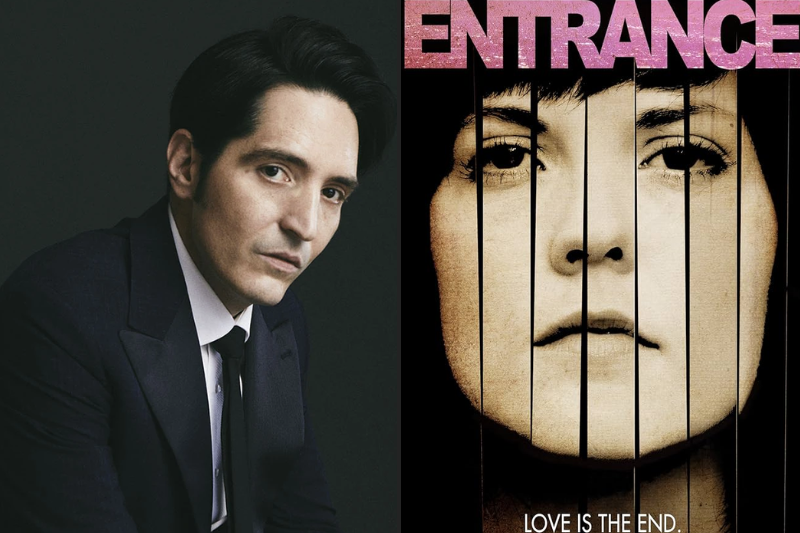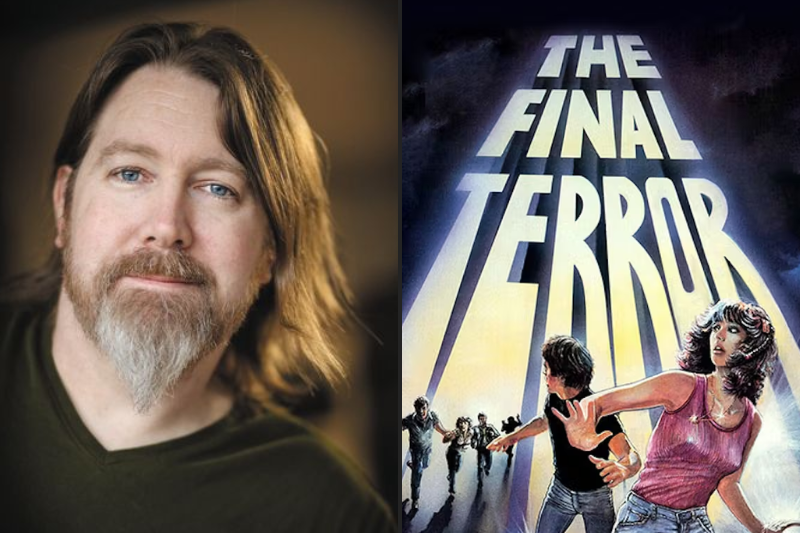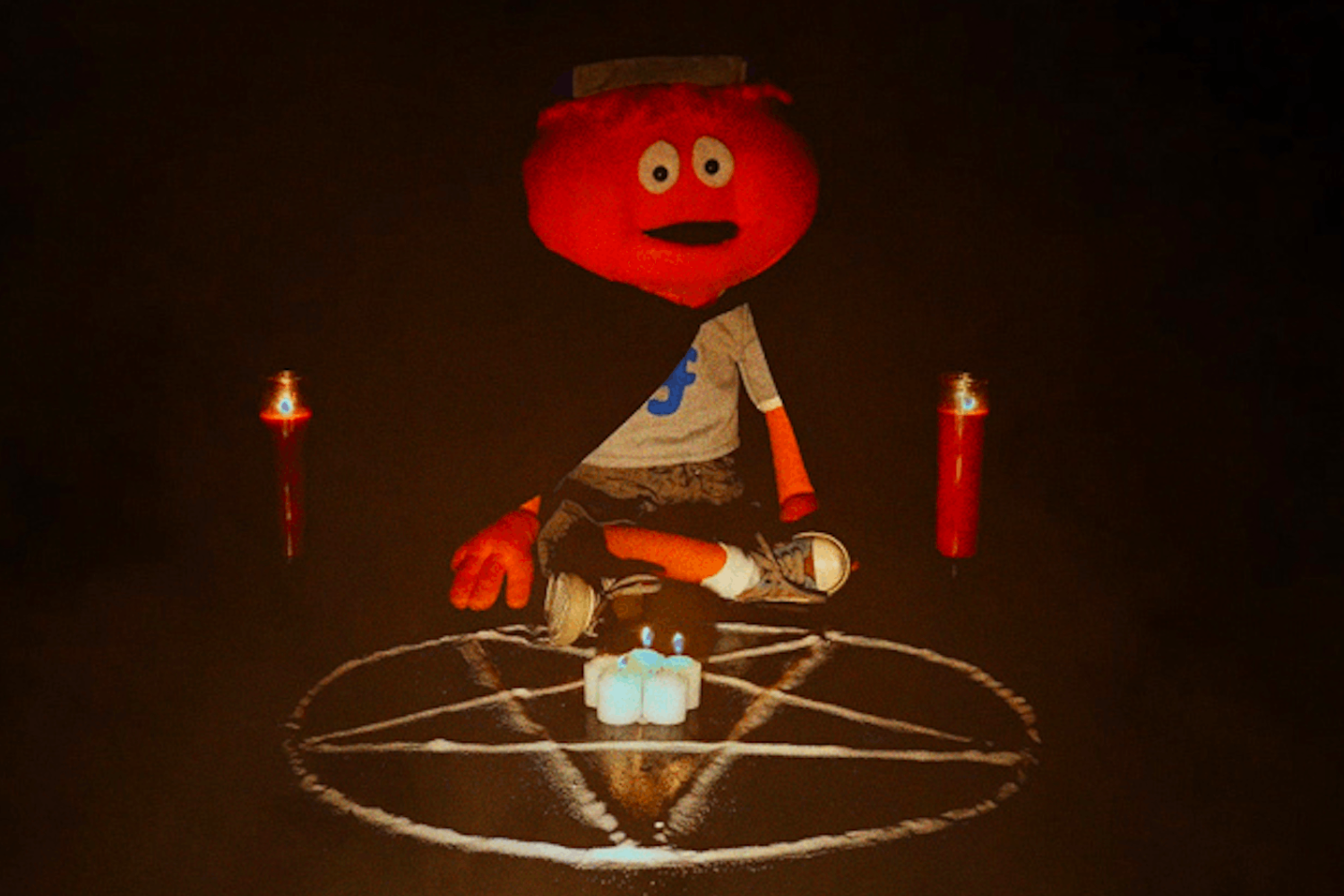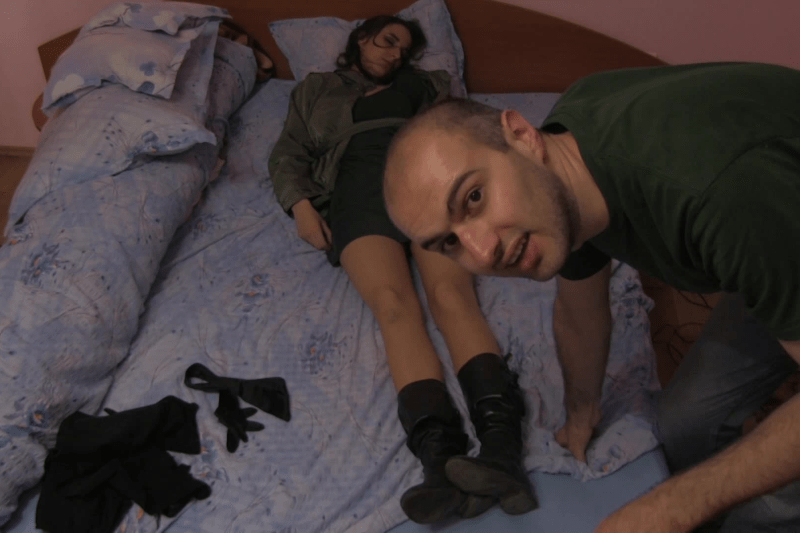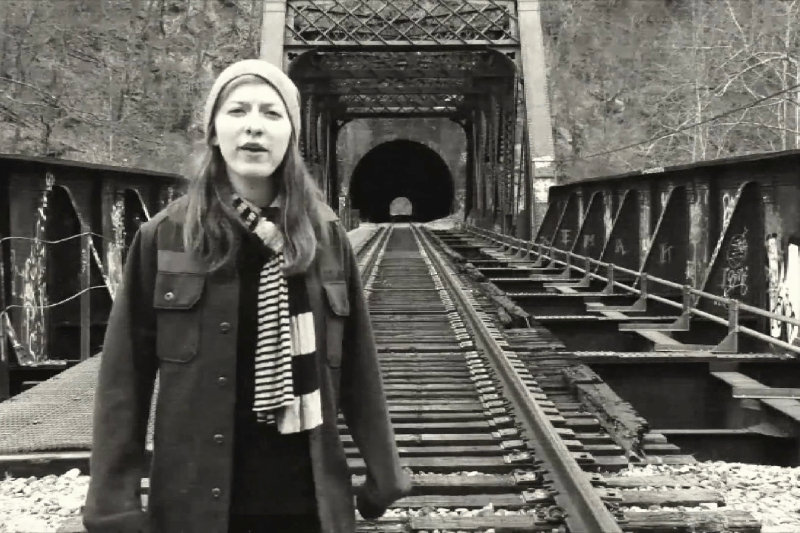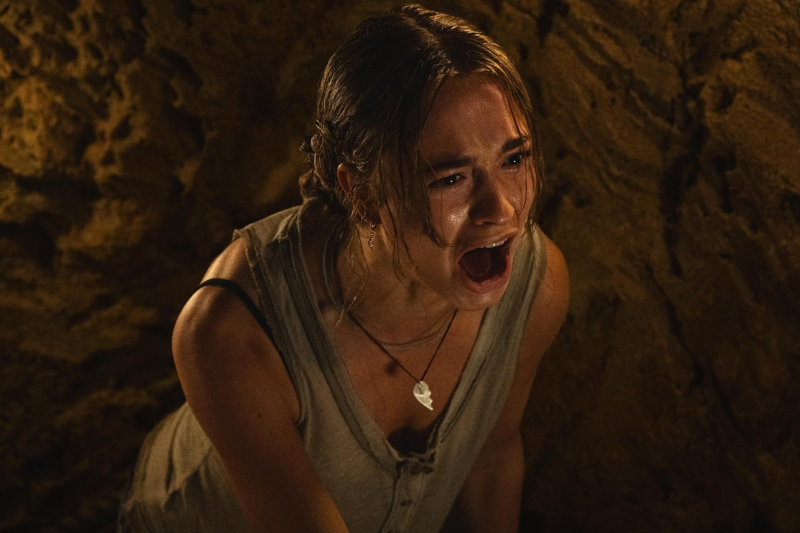‘X-Cross’: The Bonkers J-Horror Gem That Feels Like A PS2 Survival Horror Game
Meg Shields explains why Kenta Fukasaku's 'X-Cross' is the closest we'll ever get to a faithful adaptation of PS2 J-horror.
Listen to the Certified Forgotten Podcast
Podcast: Kate Siegel on ‘Ghostwatch’
'V/H/S/Beyond' filmmaker Kate Siegel joins Certified Forgotten to talk about her directorial debut and Lesley Manning's 'Ghostwatch.'
Podcast: David Dastmalchian on ‘Entrance’
'Late Night with the Devil' star David Dastmalchian joins Certified Forgotten to discuss 'Entrance,' one of his favorite underrated slashers.
Podcast: C. Robert Cargill on ‘The Final Terror’
Screenwriter C. Robert Cargill ('The Black Phone') joins Certified Forgotten to discuss Andrew Davis's anti-slasher 'The Final Terror.'
Podcast: Meredith Borders on ‘The Peanut Butter Solution’
Fangoria senior editor Meredith Borders returns to the podcast to talk about gateway horror cult classic 'The Peanut Butter Solution.'
New Articles
Podcast: Ryan Prows on ‘Los Bastardos’
Writer-director Ryan Prows ('Night Patrol') joins the podcast to talk about vampire cops and Amat Escalante's 'Los Bastardos.'
Grief, Horror, and Netherworld Breakdancing in ‘Hello Dracula’
Rob Hunter explores the whacky and wonderful world of 'Hello Dracula,' a kids' movie with a '80s style and a lot of heart.
‘28 Years Later: The Bone Temple’ Review: Beauty and Misery Collide in Nia DaCosta’s Skillful Sequel
Siddhant Adlakha explains how '28 Years Later: The Bone Temple' follows up 2025's sequel in ways both gloomy and surprisingly intimate.
Podcast: ‘Primate’ Gets Uncertified
Matt Donato and Matthew Monagle sit down to discuss 'Primate,' Johannes Roberts's killer 'killer monkey' movie.


